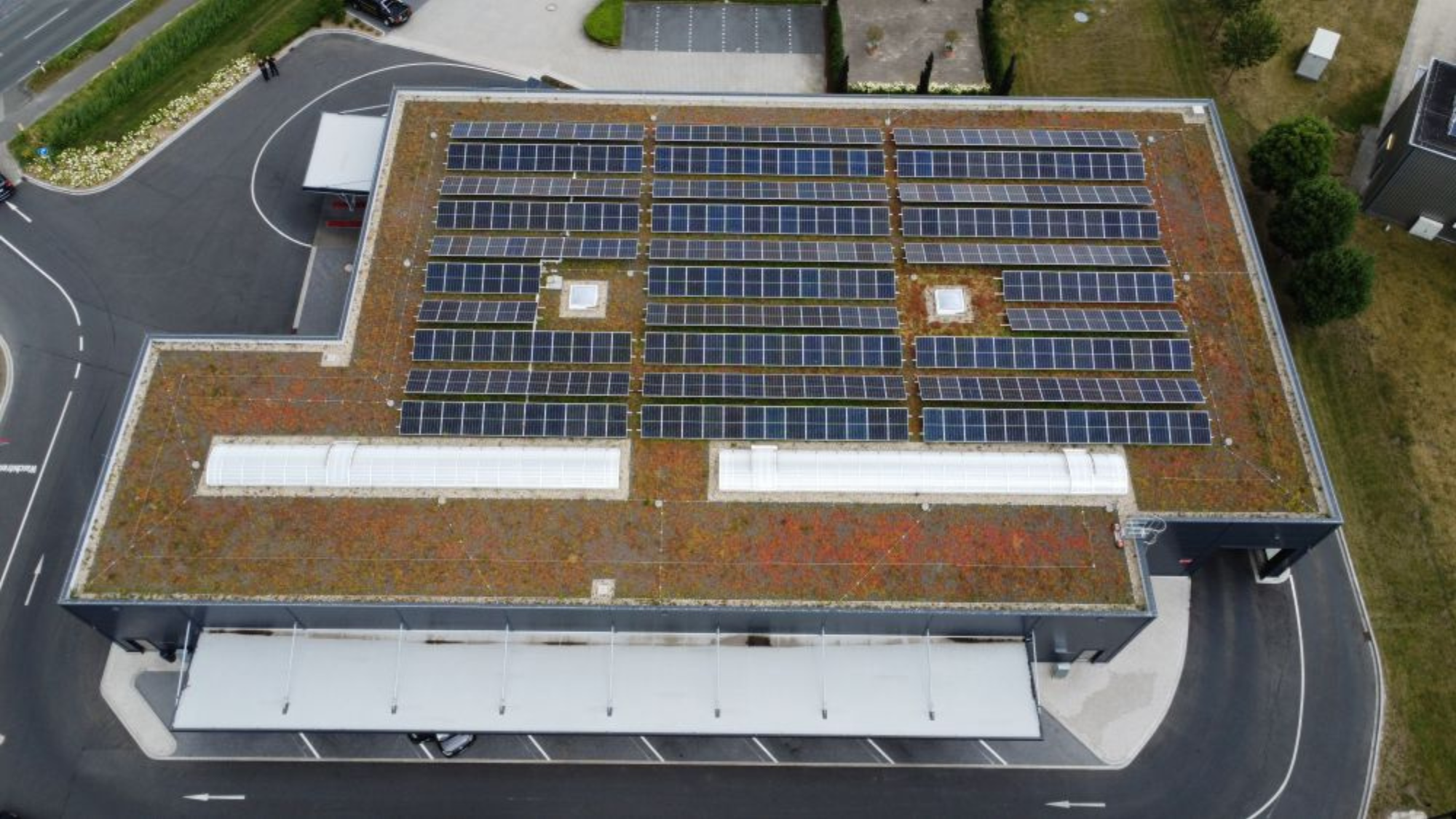
In harmony with nature – the first car wash with intelligent rainwater management and a solar green roof
An unusual car wash has been available in Ochtrup for some time now: The wi-wash car wash on Hauptstraße is equipped with a greened hall

An unusual car wash has been available in Ochtrup for some time now: The wi-wash car wash on Hauptstraße is equipped with a greened hall

Downtown Philadelphia: Project “the Arthouse”, a new highrise building. For the apartment owner, available are not only the typical amenities, such as a pool deck.
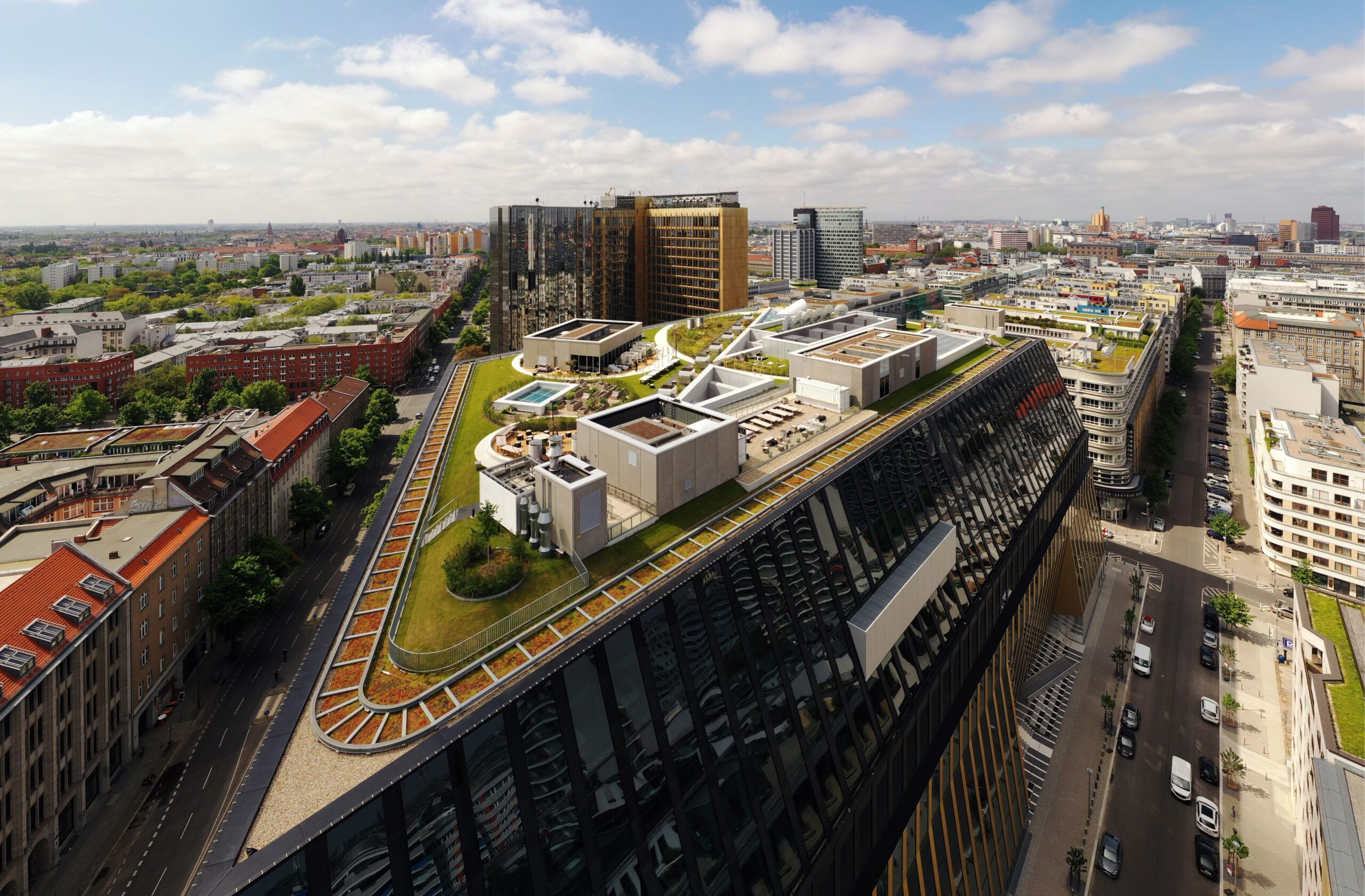
With the new Axel Springer building in Berlin, Axel Springer SE is following the current paradigm shift in the world of work. With the new Axel
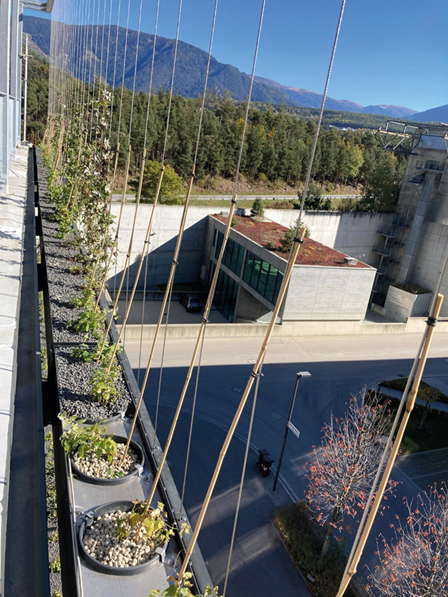
New office building built as solid timber construction following the cradle to cradle principles in the North of Italy. © Partner und Partner Architekten The façade

Images: © Neoturf The potential to promote biodiversity in cities is one of the great advantages of green roofs. These can be designed as connecting points
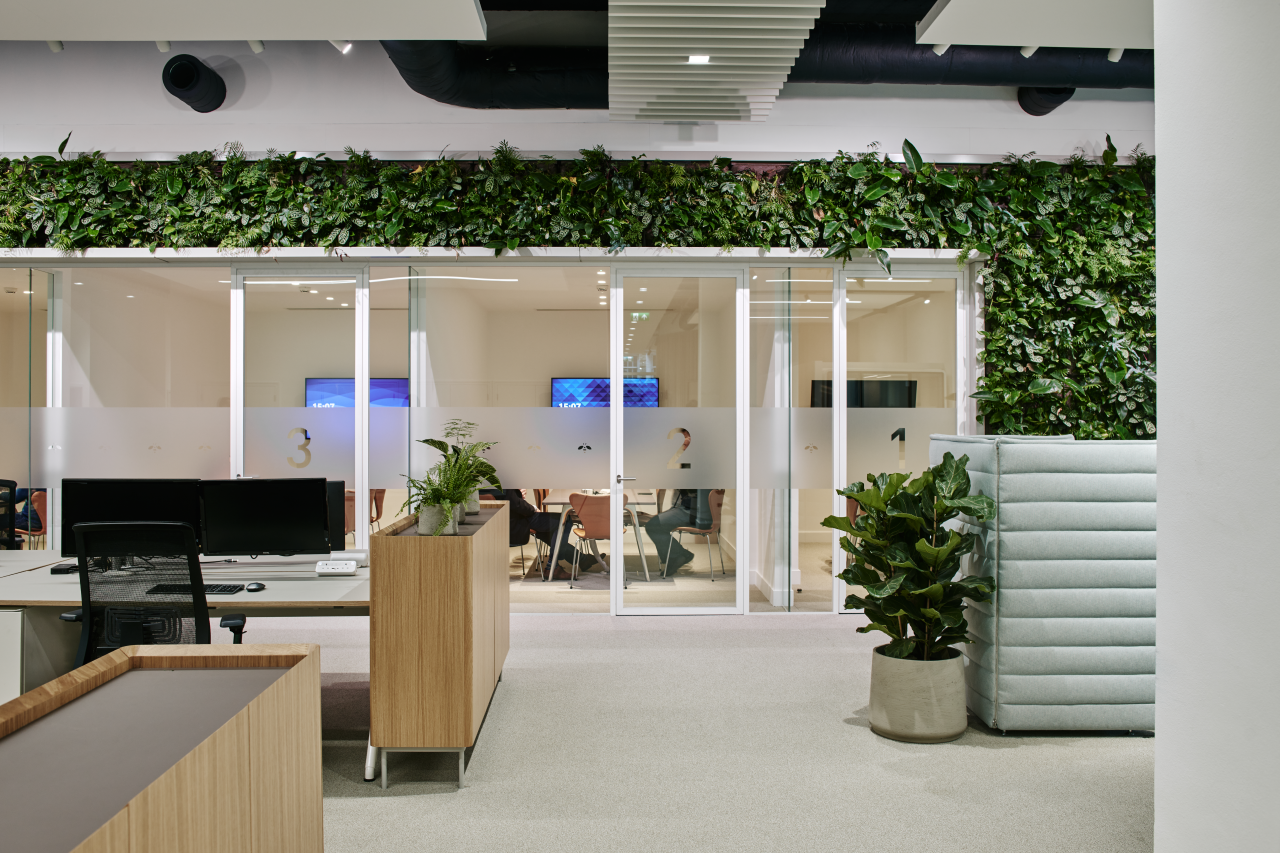
Green walls: Sempergreen Designers: Mowat & Co Installation by Inleaf Year: 2021 City: London Location: Beringea Office owner website Images: © Chris Horwood and Mowat & Co The Beringea
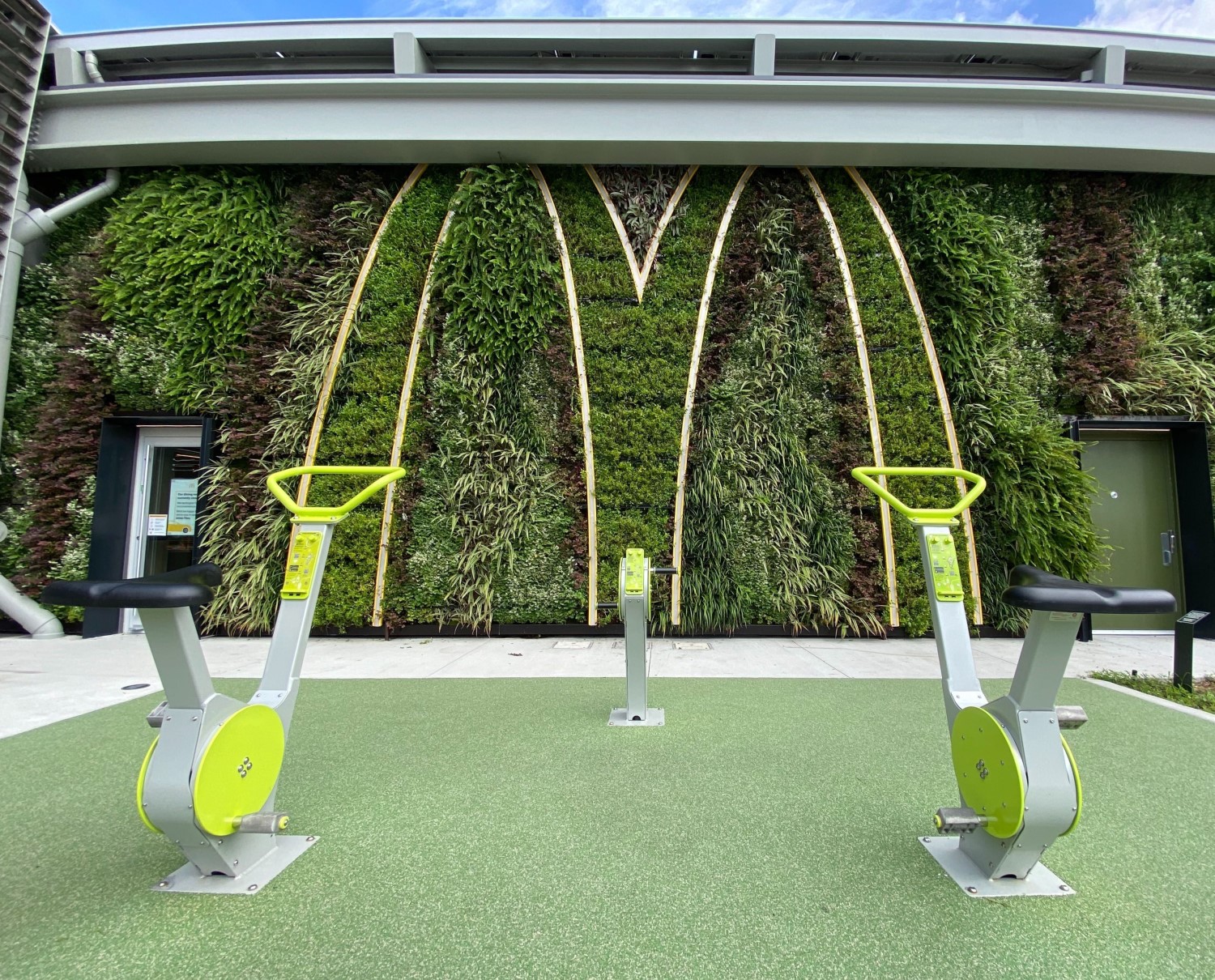
Images first and last: ©Sempergreen Services LLC.Images others: ©Kate Joyce/Ross Barney Architects Green walls: Sempergreen Year: 2020 City: Orlando, Florida, USA owner website McDonald’s has opened
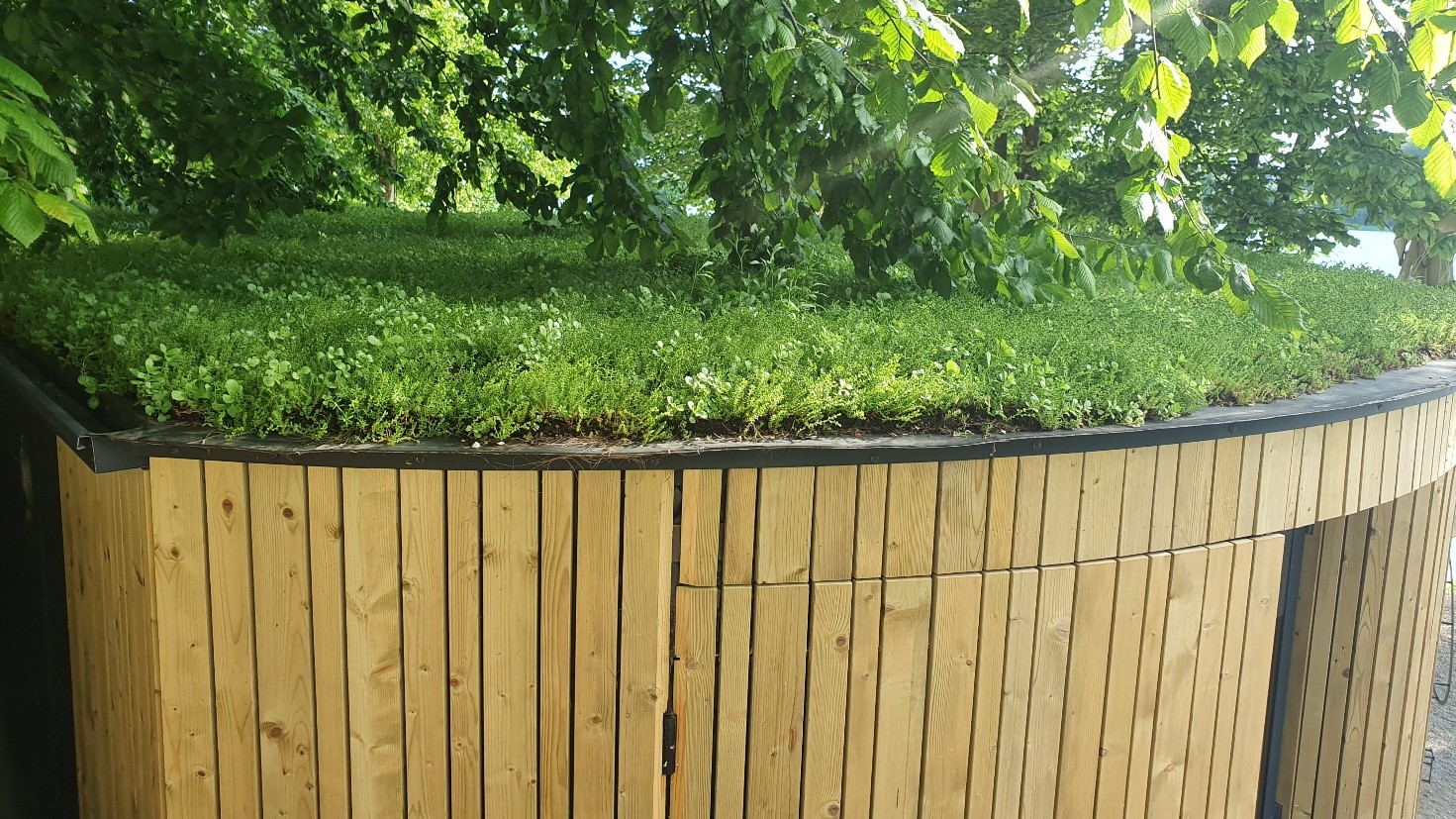
The Boathouse Trboje is simple structure build to provide catering to all those who spend time doing sports on the Sava River (kayaking, supping,…) as
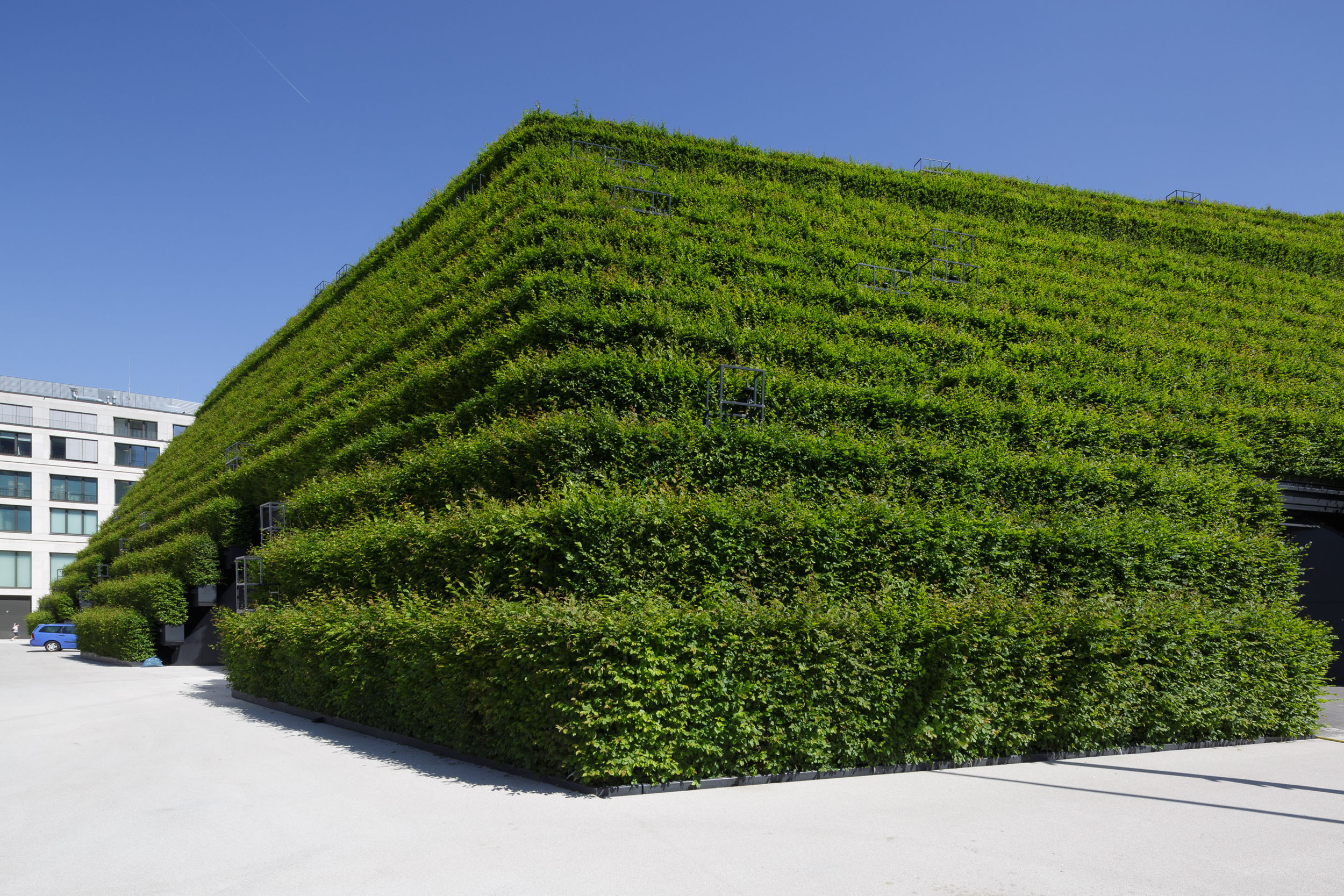
All pictures © Optigrün international AG Green island in the centre of Düsseldorf instead of a city motorway – building greening makes it possible. Location: Kö-Bogen IICity: Düsseldorf
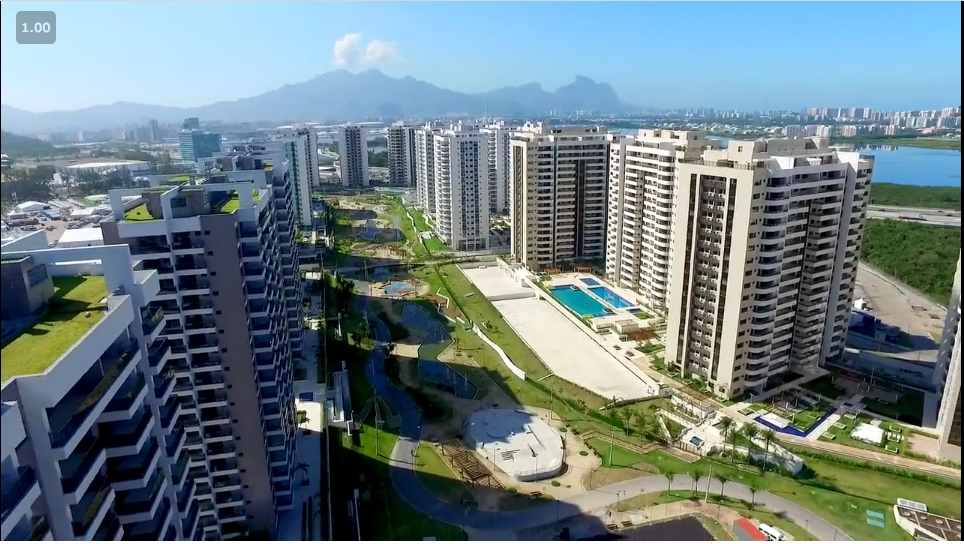
Ilhapura Green Roof – Vila dos Atletas – accommodation for athletes of the 2016 Olympic Games in Brazil. A total of 24 towers with 11,235m2
Follow us on the channel that best suits you to receive our latest updates!
Join us. Get member benefits. Promote your company, projects, products and services.